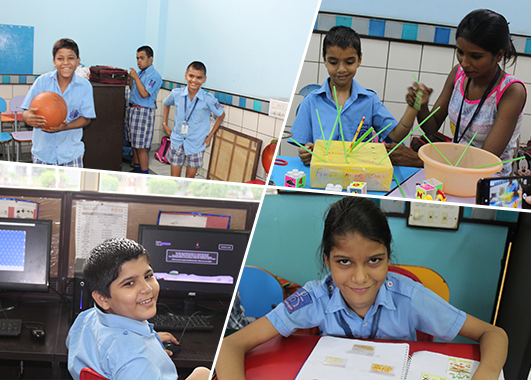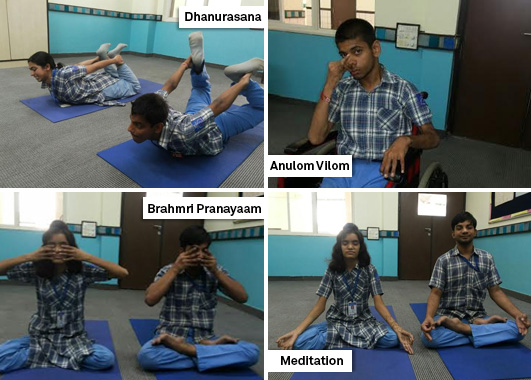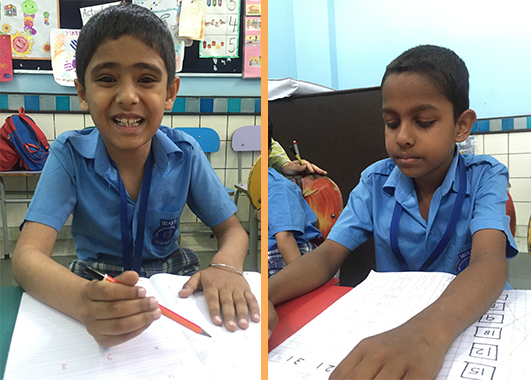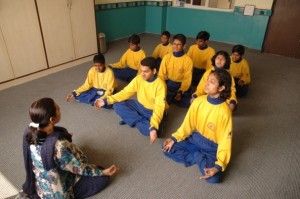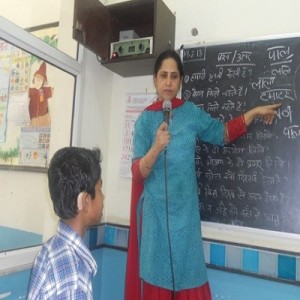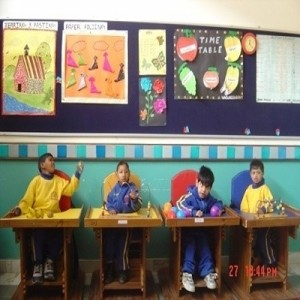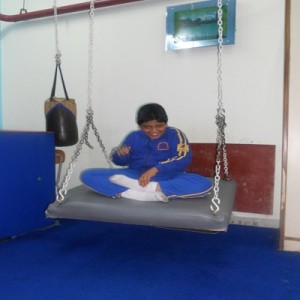MBCN Back To Happiness After Summer Vacations
What do I want to take home from my summer vacation? Time. The wonderful luxury of being at rest. The days when you shut down the mental machinery that keeps life on track and let life simply wander. The days when you stop planning, analyzing, thinking and just are. Summer is my period of grace. – Ellen Goodman
We are just back to school from a holiday break after ticking our bucket list on which featured the endless fun ideas to spend our summer time. The tans are to fade soon but the memories we have brought with us are going to last longer. We are cherishing every moment as we have returned back to the knowledge-filled classes. We are not saying all this. These are the words affirmed by the faces of the special children of Mata Bhagwanti Chadha Niketan (MBCN).
Back to School Means Back to Happiness
As the pleasant morning sun cut through the window panes on 18th of July, children stormed into the classrooms and rushed towards their seats. The classrooms were filled with chaos as well as enthusiasm… for the session ahead and MBCN came #BackToHappiness yet again.
Their holiday homework copies were full and the great feeling of coming back was well evident on their faces. Here, they are nurtured via special educators who are second mothers to them who missed them and were surprised to find them equally eager to return back the emotions while showing exuberance towards learning new things. The two-month long vacation worked magic and everybody seemed ready to take on the new session with a bang. The children came refreshed from the break while our special educators had gained fresh perspective, energy and food for thought from a rigorous teachers’ training programme.
Joy and happiness knew no bounds on the reopening day for the Principal and Director of MBCN, Dr. Vandana Sharma. She shared her feelings saying, “We are looking forward to meeting the children. It is a very emotional and happy moment for parents, for children and for the teachers that we are meeting after two months. We are filled with new energy and our team is waiting for the kids. Even the children along with their parents are eagerly looking forward to meeting their teachers and friends. They are curious to know what surprise the teachers have in store for them this time and what all different ways they will employ in teaching them new things.’
Vacations are the best time to promote creativity, strengthen relationships, relieve stress, sleep more, enhance memory and build lasting memories. Therefore, MBCN welcomes its special students after holidays to start afresh.



